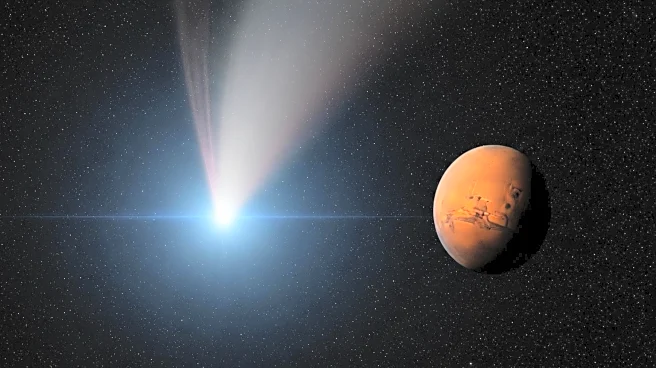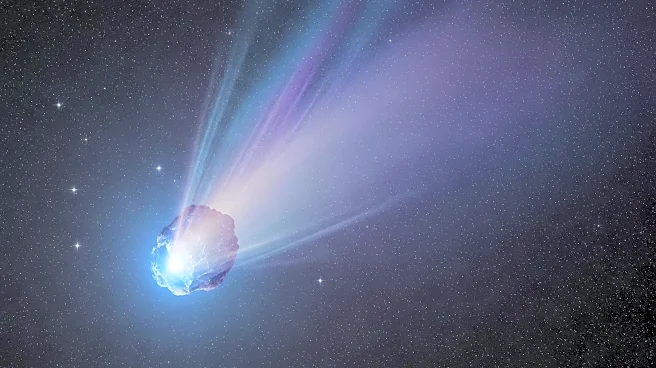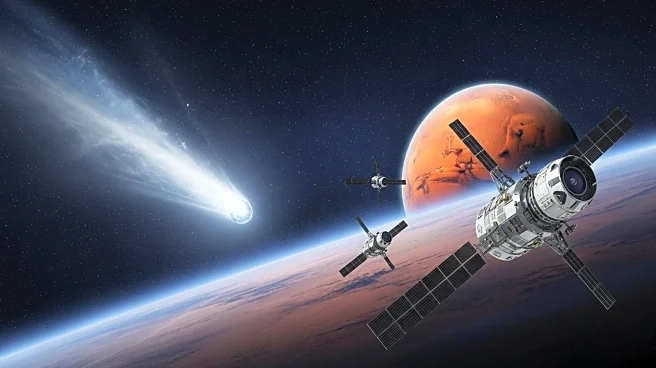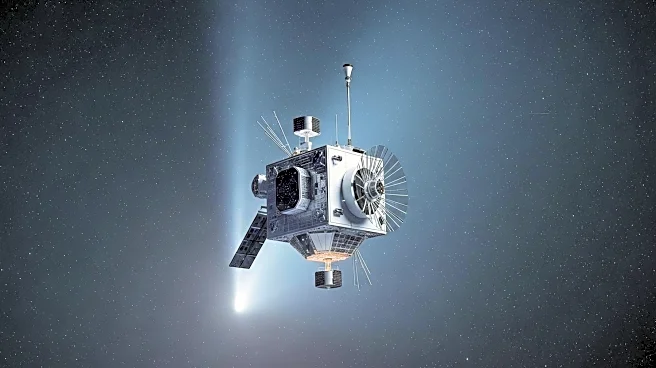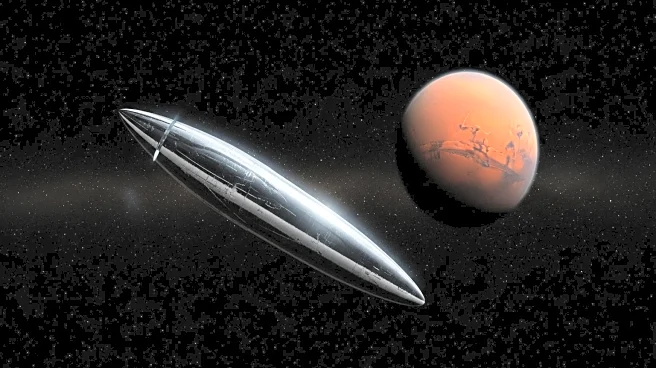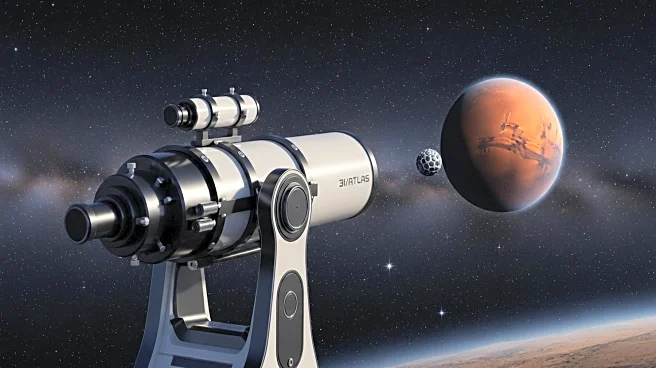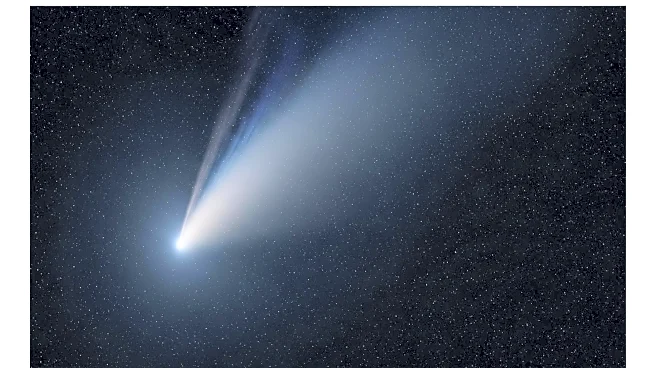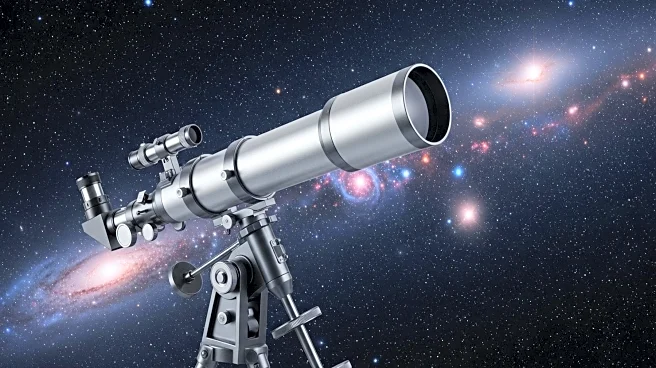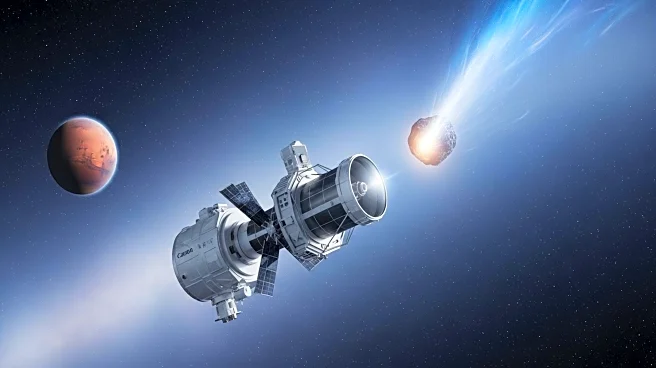What's Happening?
Avi Loeb, a Harvard University professor, has analyzed an image of the interstellar object 3I/ATLAS taken by NASA's Mars Perseverance rover. The image shows an elongated stripe, leading to speculation about the object's shape. Loeb explains that the stripe is likely an artifact of the camera's integration time, as 3I/ATLAS moved across the Martian sky. The analysis suggests the object is not a large cylinder, but rather a result of image stacking.
Why It's Important?
The analysis of 3I/ATLAS contributes to our understanding of interstellar objects and the challenges of imaging them from Mars. It highlights the complexities of space observation and the need for accurate interpretation of data. This event underscores the importance of scientific rigor in analyzing extraterrestrial phenomena, which can influence future research and exploration strategies.
What's Next?
Further analysis of images from Mars orbiters and rovers may provide more insights into 3I/ATLAS. The release of high-resolution images from the HiRISE camera could offer better constraints on the object's characteristics. Continued observation and study of interstellar objects will enhance our understanding of their origins and properties.
Beyond the Headlines
The event raises broader questions about the capabilities and limitations of current space imaging technology. It also highlights the role of public interest and social media in driving scientific inquiry and discussion. The interpretation of such phenomena can influence public perception and interest in space exploration.


